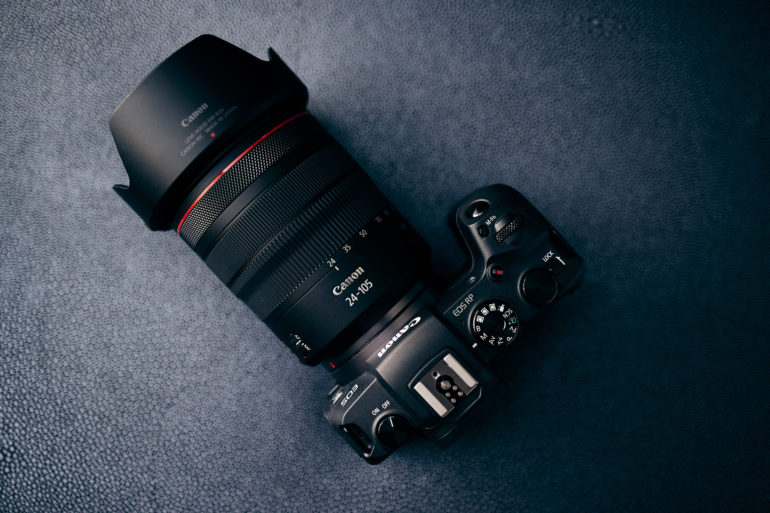Last Updated on 05/29/2023 by StateofDigitalPublishing
Canon will figure out in-body image stabilization sooner or later, but whether they should implement it is another matter.
One of the most significant innovations to cameras over the last five years or so has been the introduction of in-body image stabilization. Sony has used this technology since the a77 II DSLR. Pentax has used it in cameras like the K1 and K1 II. But others like Canon have overlooked the technology and have instead opted to focus on lens image stabilization. Things may need to change: in-body image stabilization has fast become a must-have feature in Mirrorless cameras. Those without it are often seen as inferior devices. Canon is seen as a company that needs to implement this tech as soon as possible. Will adding IBIS to their cameras be enough to win photographers back? Should Canon even add it in the first place? Let’s discuss.
There is no doubt that Sony, Panasonic, and Olympus have pioneered this technology in the Mirrorless age. These manufacturers have IBIS systems that work wonders. Fujifilm has dabbled with IBIS, and they implemented it in the now heavily discounted X-H1. Nikon has recently introduced the technology into their Z6 and Z7 cameras. However, Canon has acted like its allergic to it for quite some time. Perhaps the aversion to IBIS stems from them having some of the best lens image stabilization around? Why spend money developing another system if the one you have works just fine, right?

A new patent filing from Canon, which Canon Watch shed some light on, suggests that Canon is working hard on bringing in-body image stabilization to their cameras soon. In-body image stabilization is what photographers and videographers are demanding, so their arm has been twisted. Canon filed yet another patent for in-body image stabilization. Canon knows they need to win back some of the photographers who abandoned the big C when the first batch of Sony Mirrorless cameras hit the market. By doing what the others are doing, perhaps they feel like they will be able to show they mean business.

The patent is for an in-body image stabilization system that will work in conjunction with lens IS. In theory, we’re looking at 5-axis in-body image stabilization (the industry norm), but will it actually make it into one of Canon’s cameras? Just because a patent has been filed doesn’t mean that the tech will actually be used. In the past, David Parry (Canon UK’s product intelligence consultant), has stated that lens image stabilization is superior to IBIS because of how each lens works differently. Canon believes having a dedicated image stabilization system for each lens is far more beneficial. Maybe they are right.

I don’t know about you, but I get the feeling that Canon really doesn’t believe in this technology. It seems as though they would rather stay with the tried and true lens IS systems they have been working with for years. Perhaps peer pressure is getting to Canon and they feel the need to keep up with the other guys for fear of being left even further behind in the Mirrorless wars.
There is nothing wrong with not having IBIS. We worked for years without it, and we can continue to do the same going forward. Some of their latest lenses have FIVE STOPS OF IMAGE STABILIZATION! Personally, I would rather see camera companies work on improving battery technology before anything else. In-body image stabilization is a battery hog. Perhaps if Canon can improve battery life, they can implement this tech later on down the road. Until then, I say Canon should stick to what they know best. How do you feel about Canon potentially adding IBIS to their cameras? Should they stick with class-leading lens IS instead? Let us know in the comment section below.

